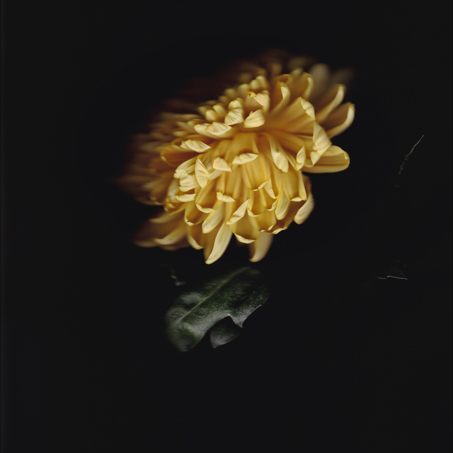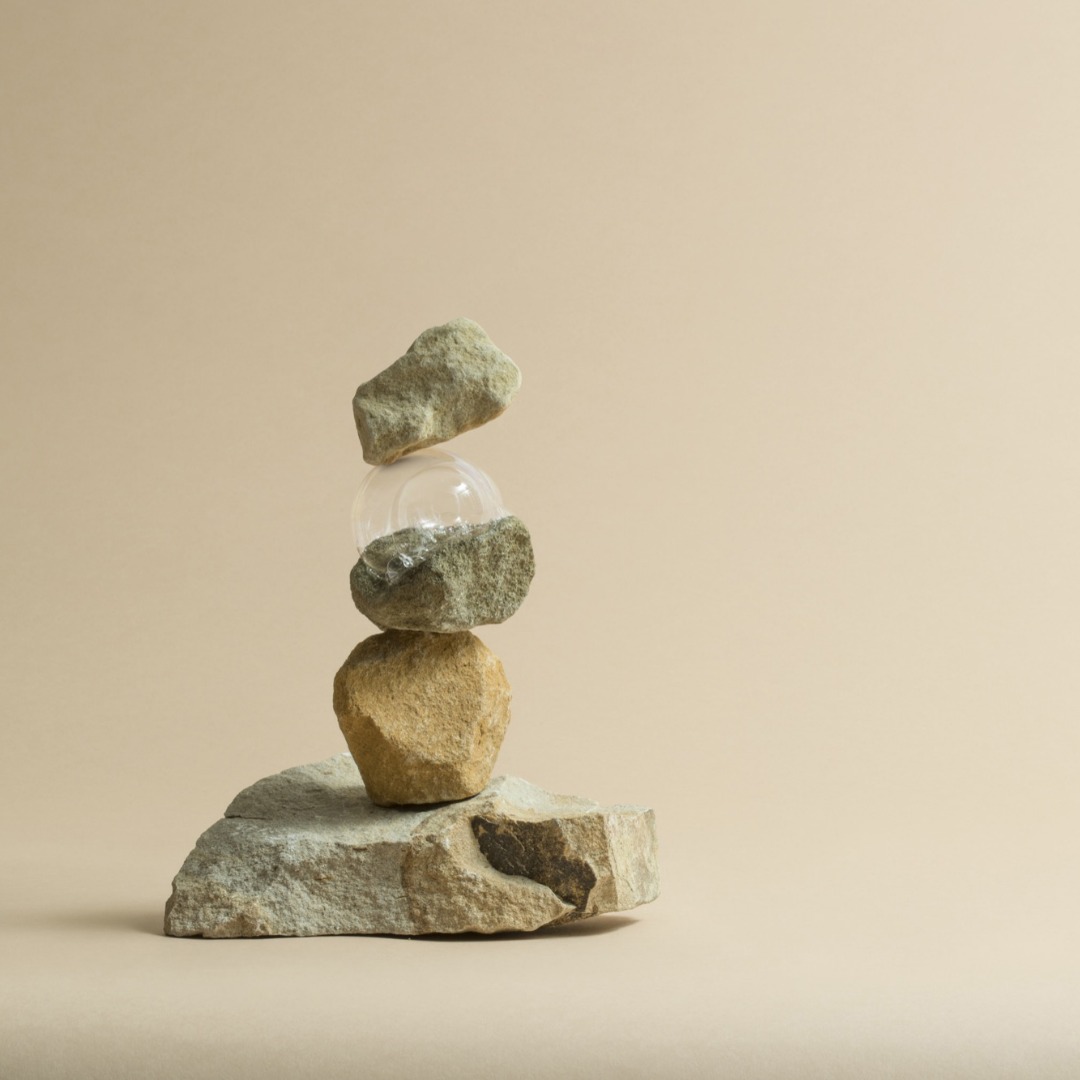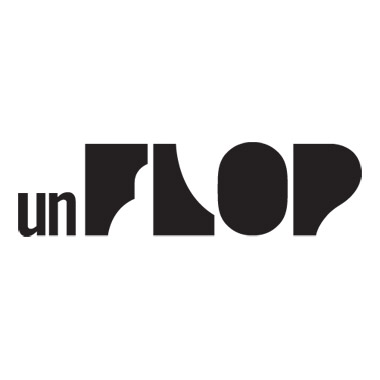Ten questions for Elmgreen & Dragset
Ten questions for Elmgreen & Dragset
Art
The contemporary Scandinavian artist duo, Michael Elmgreen & Ingar Dragset redefined the way in which art is presented and experienced; their installations and sculptures touch topics such as institutional critique, social politics, performance and architecture, raising issues around social models and social spaces, inviting the audience to re-think the status quo.
Elmgreen & Dragset, among other things, throughout their career have challenged and unveiled the way in which art is typically presented and experienced.
http://www.elmgreen-dragset.com/Elmgreen-Dragset.html
“Ten questions for...” is a monthly column that aims to present and describe the work of an artist as well as the artist himself. The only tool in play is a set of questions: A sort of a “police identikit game” prepares the set for an imaginary interview.
1. Michael Elmgreen has been trained as an actor and your first work together was a performance where you demonstrated to the audience how to use some knitted pets.
Can you please explain which is your relationship with the Theatre?
2. In your most famous works such as Welfare Melancholia, Reg (u) arding the Guards and Drama Queens, you criticize the Capitalism system as well as the art and social institutions. Do such political and cultural concerns still continue to be the focus of your works?
3. Why did you choose to design the Prada Marfa shop? How does this work reflect your overall criticism towards the System?
4. You once stated, “almost any cultural object is performative”.
I am recalling your project at the Victoria & Albert Museum and your Prada Marfa shop. In both of these projects the spectator was given a particular role in the created set.
Are you more interested in creating a theatrical set with objects rather in the objects themselves?
5. Which is you relationship with the Queer politics and how is it expressed through your works?
6. In some of your projects you shared a practice used even by Spanish artist Santiago Sierra, hiring bodies, which were subsequently installed in your scene: for example when you hired the guards of the V&A Museum as butlers and waitresses, or when you hired unemployed citizens for your work: Reg (u) arding the Guards.
Can you please explain more the reasons behind this practice? Is it an attempt towards creating a new welfare?
7. The Welfare show was a project where you extended your investigation into the welfare model within the Western world; it was nonetheless project about bureaucracy. The project became a traveling exhibition first in Bergen, Norway, and subsequently restaged in London and in Toronto. What are the reasons behind your choice to stage the project in these particular cities?
8. What, in your opinion, are the boundaries between fiction and reality?
9. You consider an exhibition to be a work of art in itself, and some of your latest works examine the very conditions of exhibiting. What was the reason behind this choice?
10. What made you decide to move from Scandinavia to Berlin?
Content Contributor Alessio Mazzaro
Content Editor Annie Markitanis
Picture 01 ©Elmgreen & Dragset - Death of a Collector, 2009. Pictured at the 53rd Venice Biennale
Picture 02 ©Elmgreen & Dragset - Death of a Collector, 2009
Picture 03 ©Elmgreen & Dragset - ‘Elmgreen & Dragset Booth at Art 43 Basel' in 2012
Picture 04 ©Elmgreen & Dragset - 'Elmgreen & Dragset Booth at Art 43 Basel' in 2012
Picture 05 ©Elmgreen & Dragset - Prada Marfa, 2005
Picture 06 ©Elmgreen & Dragset - ‘Re g(u)arding the Guards' 2005
Picture 07 ©Elmgreen & Dragset - Baggage, 2011
Picture 08 ©Elmgreen & Dragset - Short Cut, 2003
Picture 09 ©Elmgreen & Dragset - 'Not quite the same' 2003
Picture 10 Michael Elmgreen and Ingar Dragset
Picture 11 ©Elmgreen & Dragset - ‘Rosa' 2006
Picture 12 ©Elmgreen & Dragset - Installation view The Collectors, The Danish & Nordic Pavilions, 2009, 53rd International Art Exhibition La Biennale di Venezia
Picture 13 ©Elmgreen & Dragset - View of the exhibition 'The Welfare Show' in 2006 at Serpentine Gallery London (UK)
Picture 14 ©Elmgreen & Dragset - Donation Box, 2006
Picture 15 ©Elmgreen & Dragset - View of the exhibition \'The Welfare Show\' in 2006 at Serpentine Gallery London (UK) 2
Picture 16 ©Elmgreen & Dragset - 'Cupid Triumphant' 2009
Picture 17 ©Elmgreen & Dragset - Magic Mushrooms (2015)
Picture 18 ©Elmgreen & Dragset - Social Mobility, 2006
Picture 19 ©Elmgreen & Dragset - View of the exhibition Past Tomorrow at Galerie Perrotin
Picture 20 ©Elmgreen & Dragnet - “Tomorrow”, Victoria and Albert Museum, London, 2013 photo Stephen White Courtesy the artists
Picture 21 ©Elmgreen & Dragset - Catch Me Should I Fall (2010)





.png)
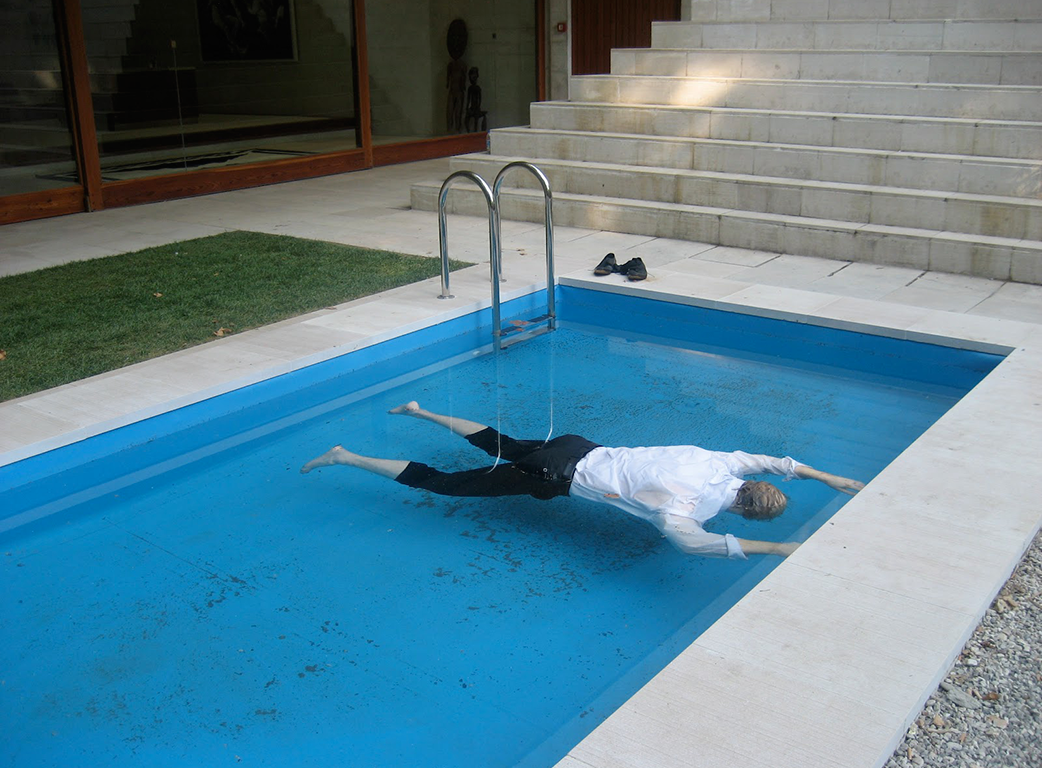
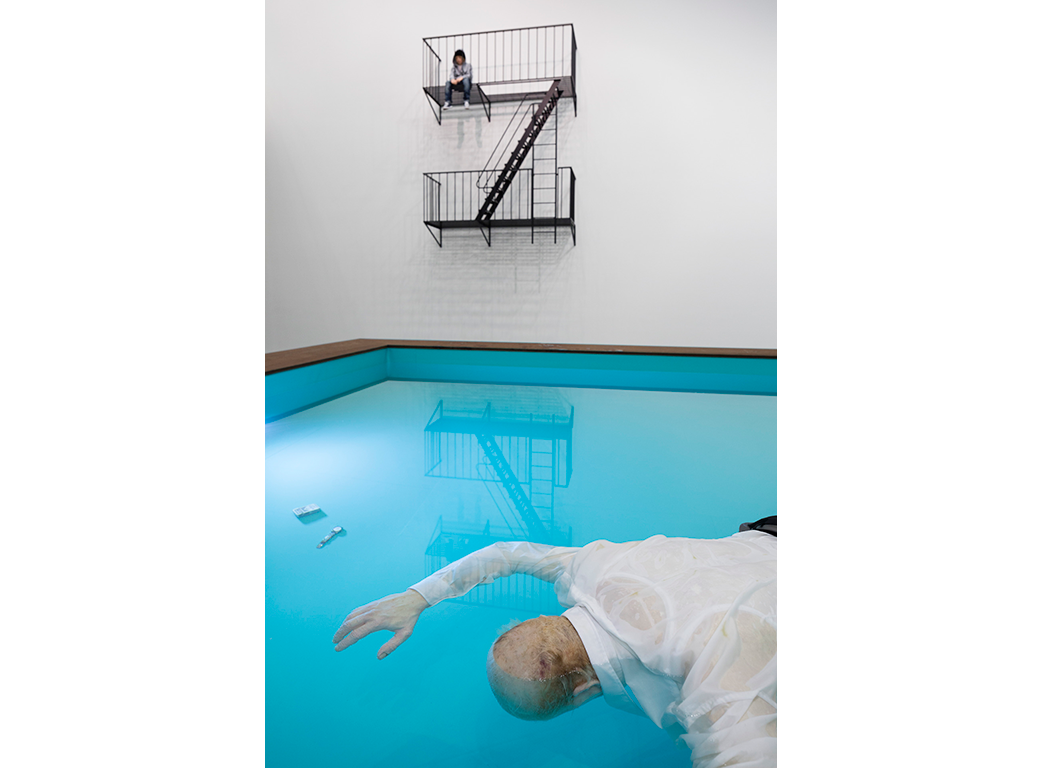
.png)
.png)
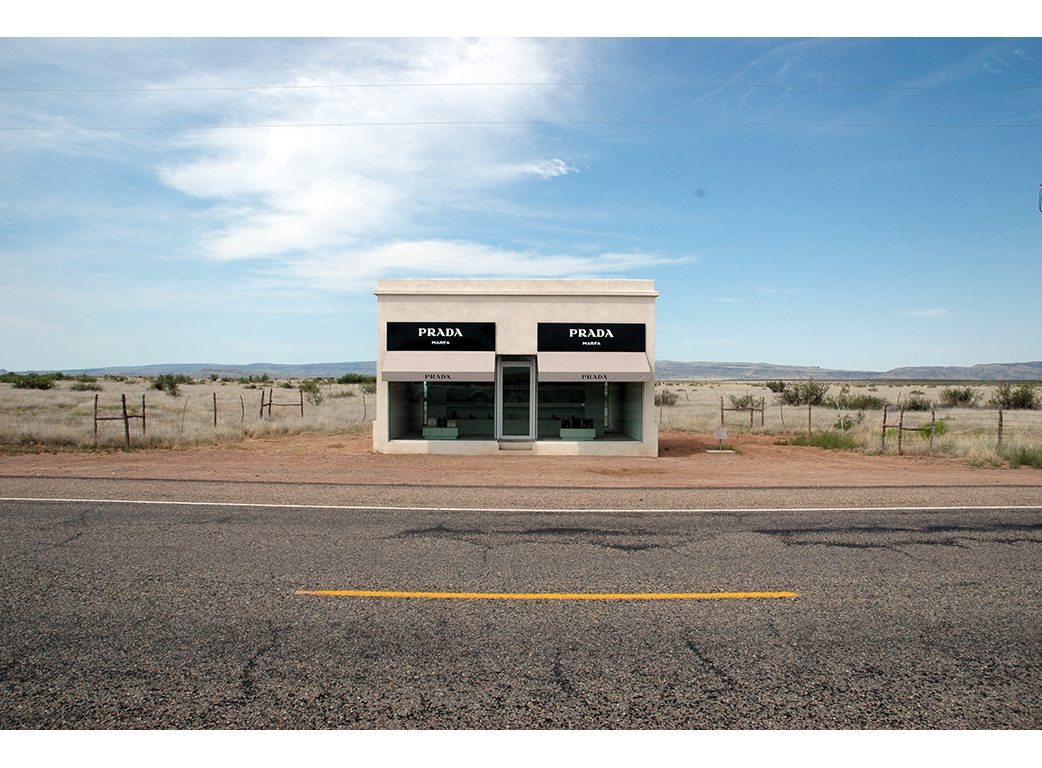
.png)
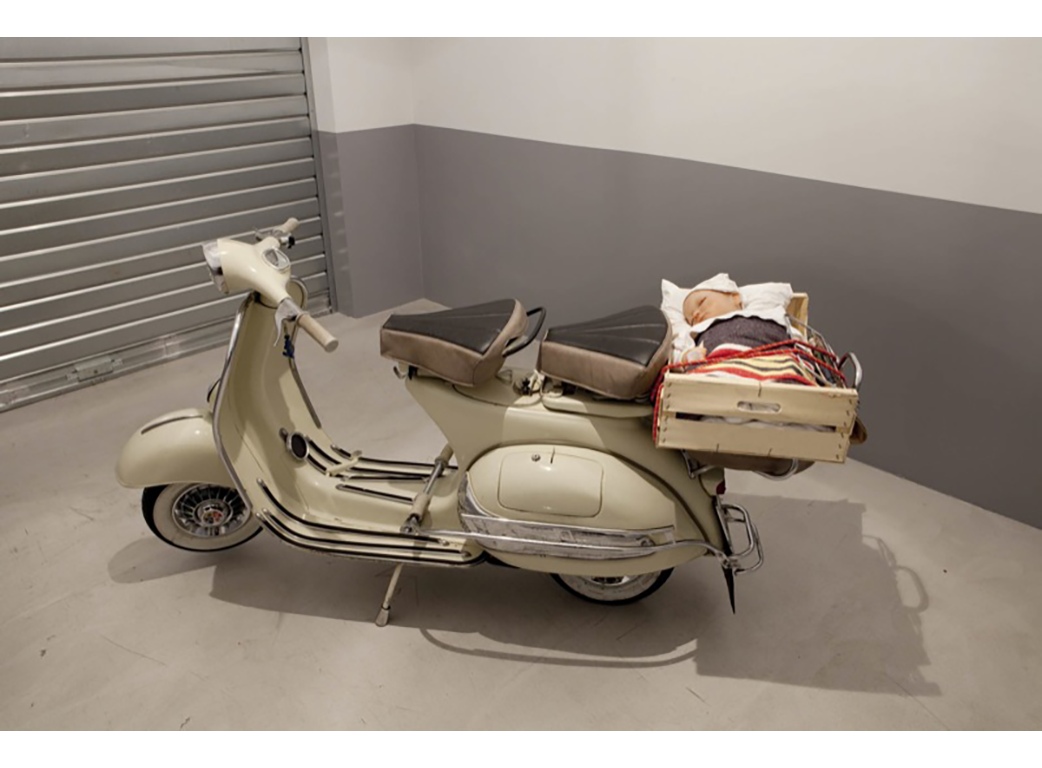
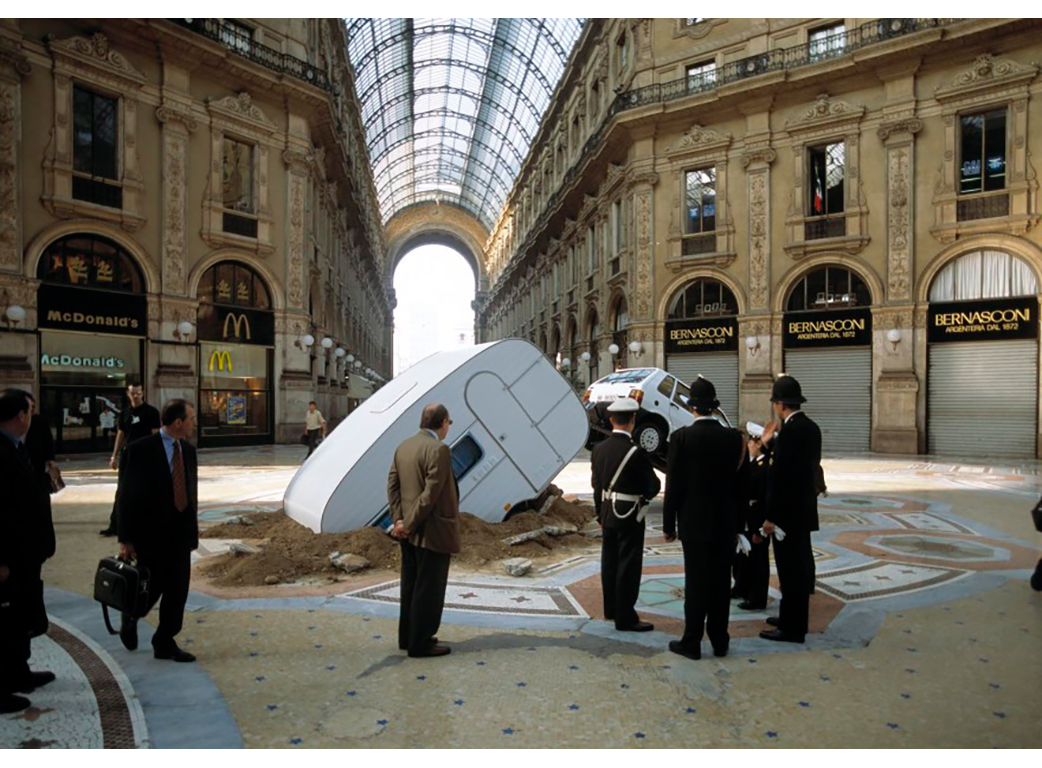
.png)
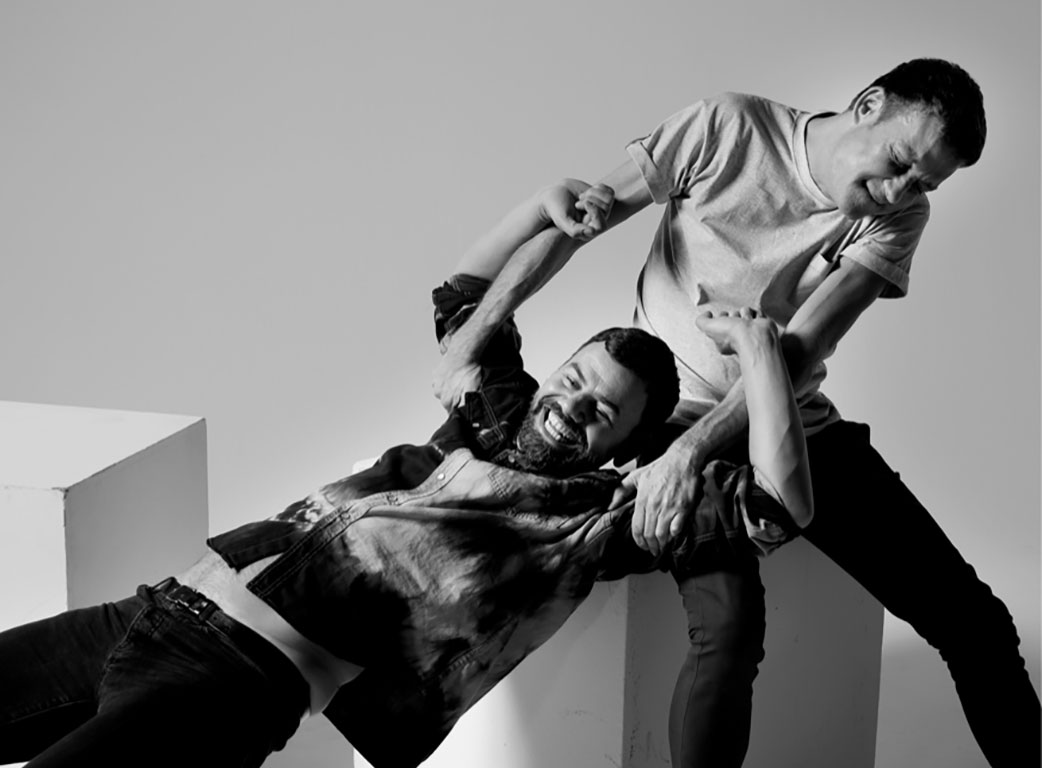
.png)
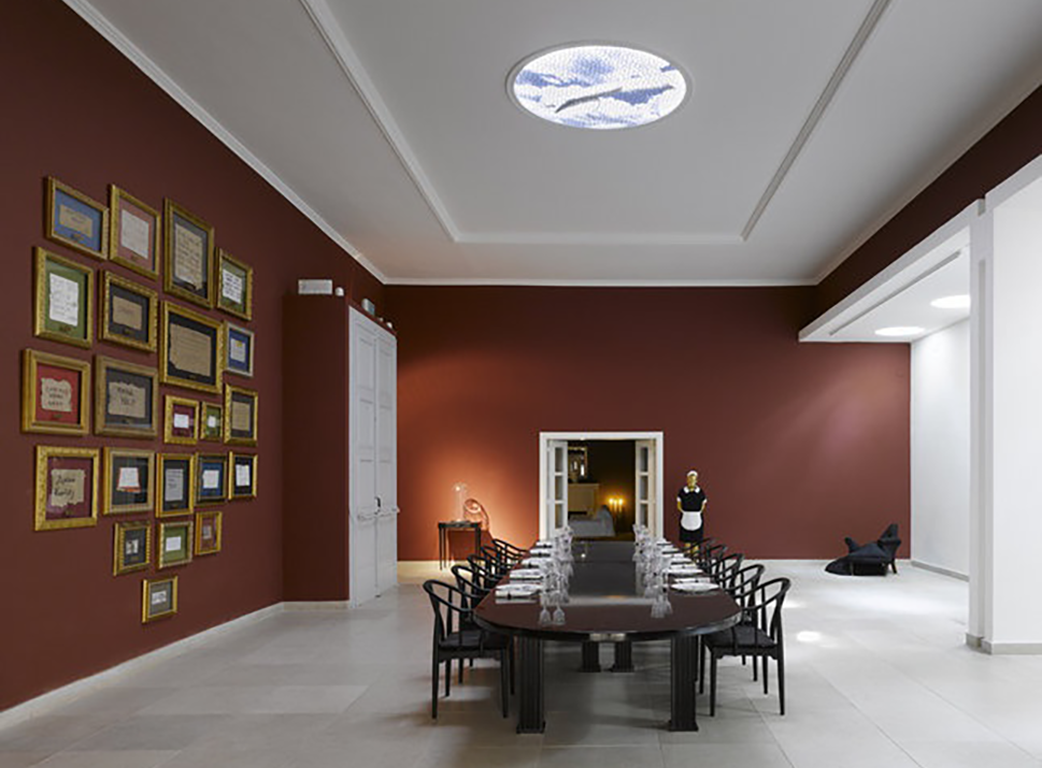
 (1).png)
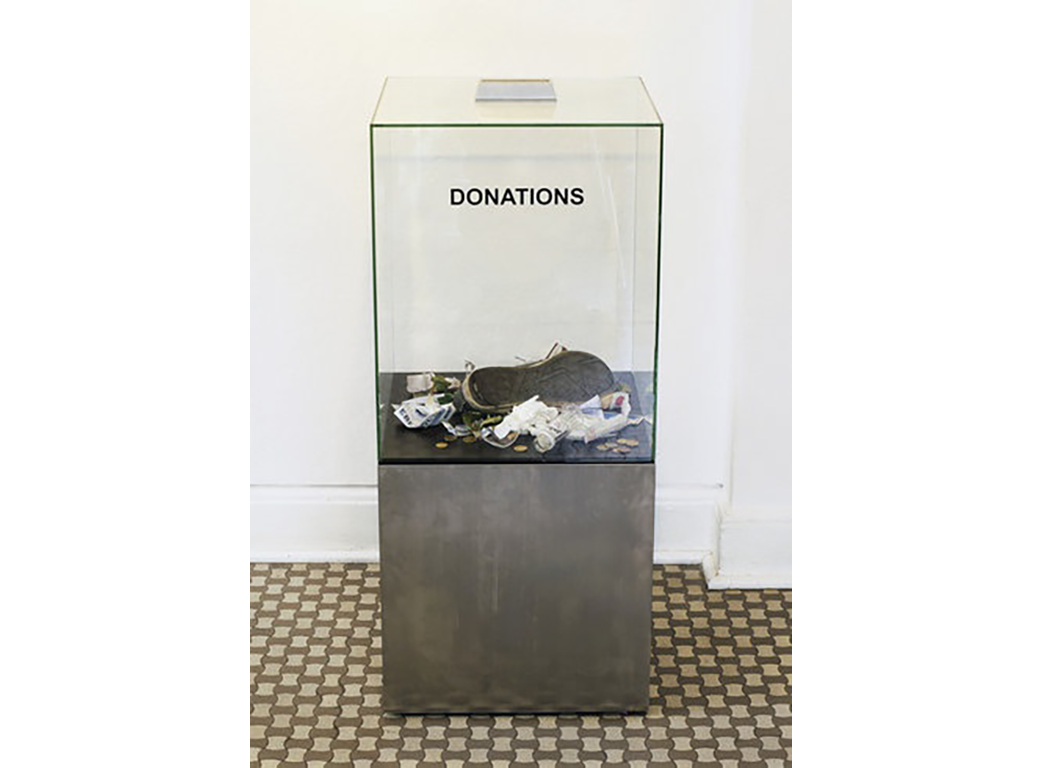
-2 (1).png)
.png)
.png)
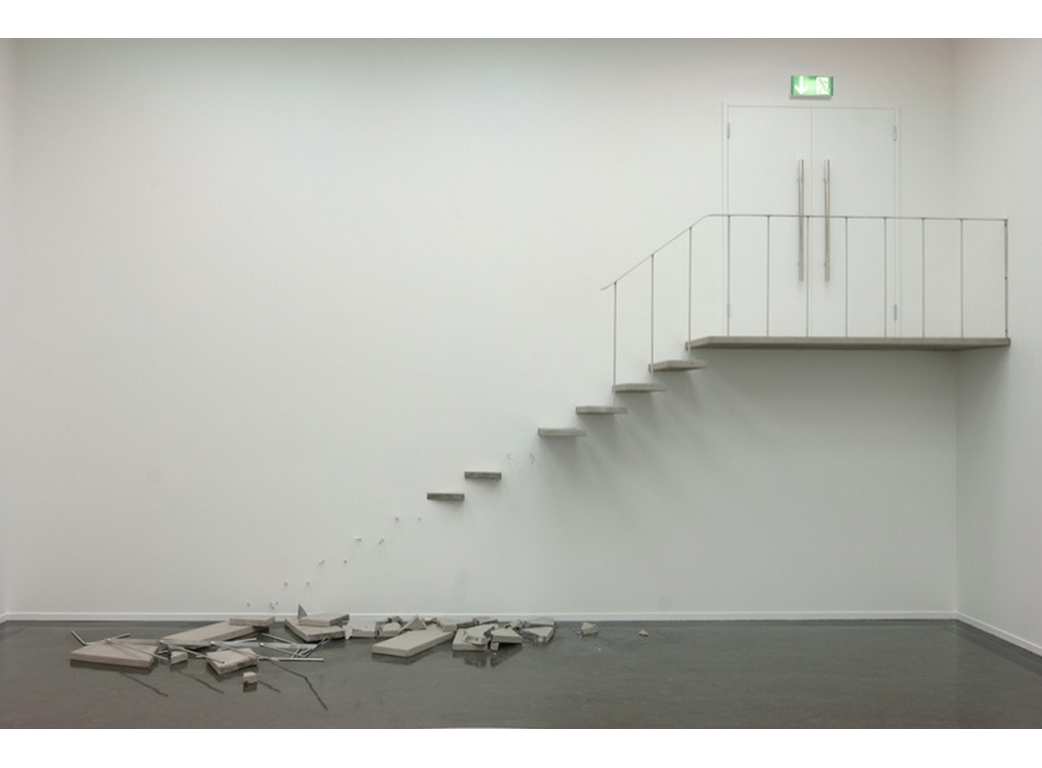
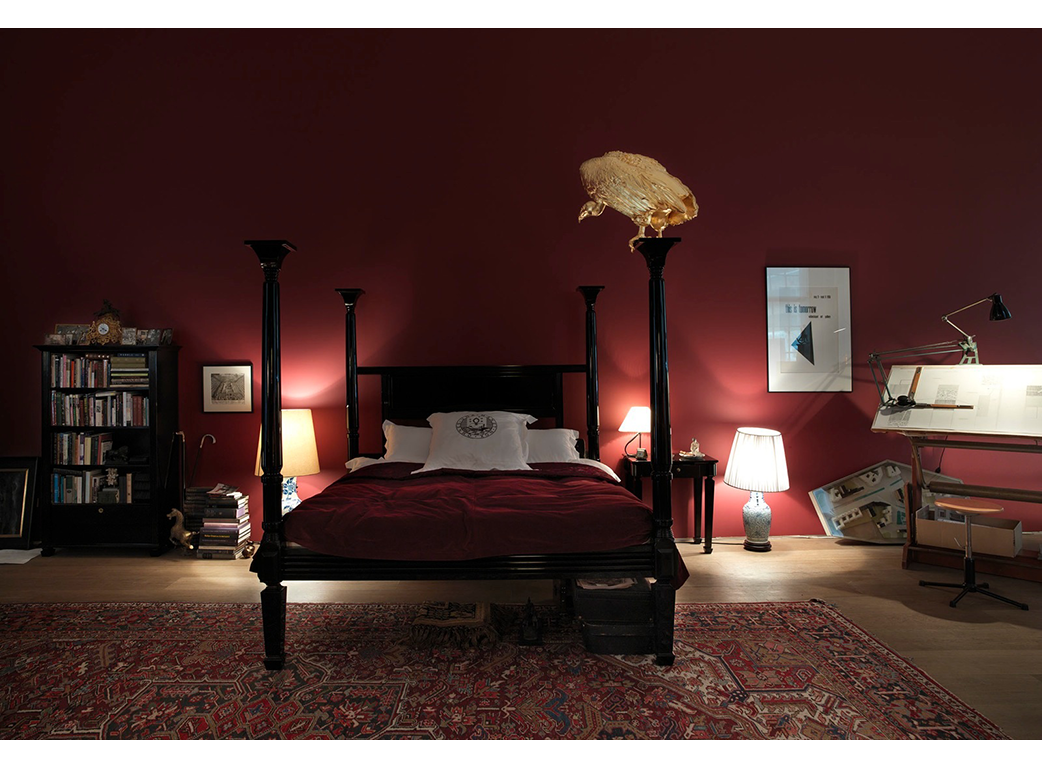
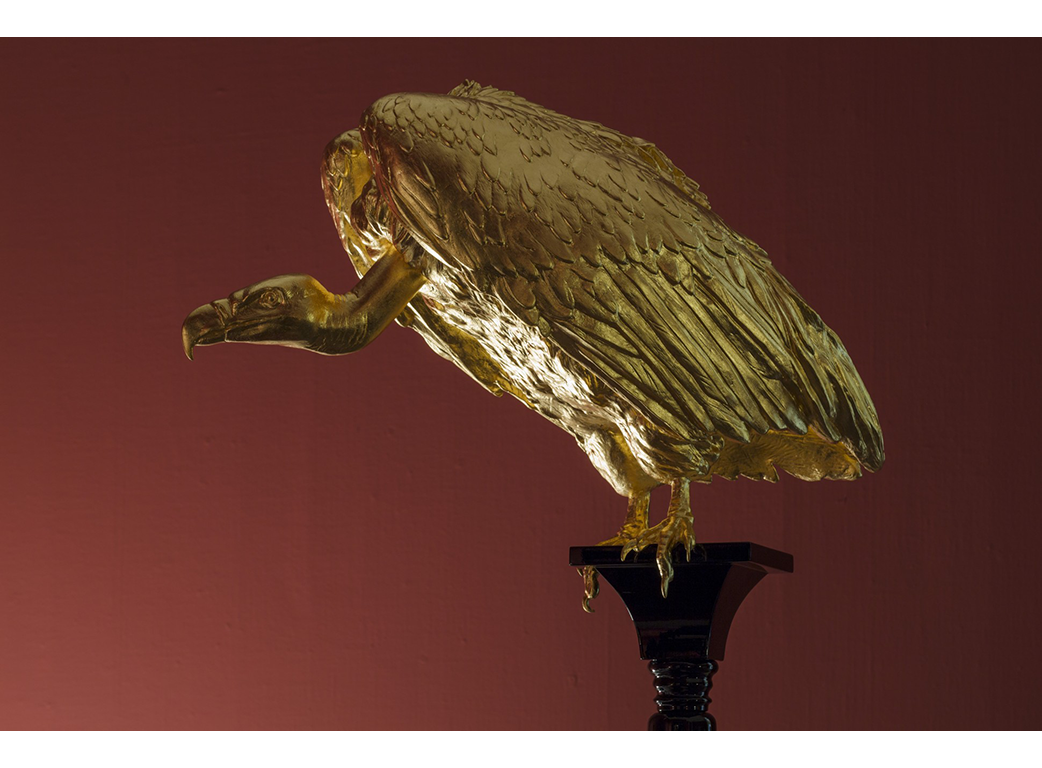
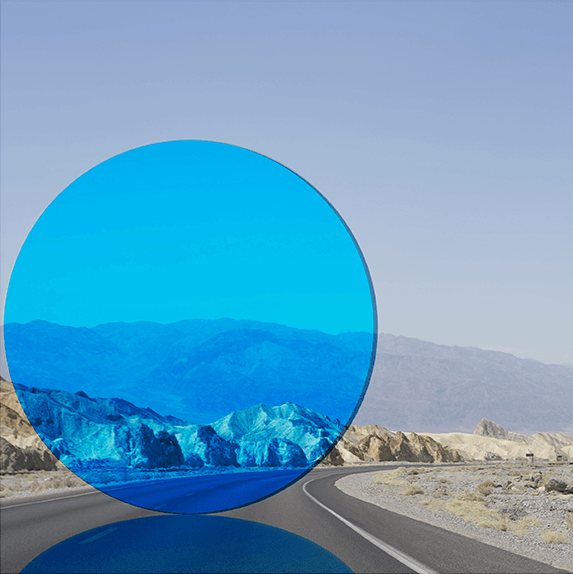
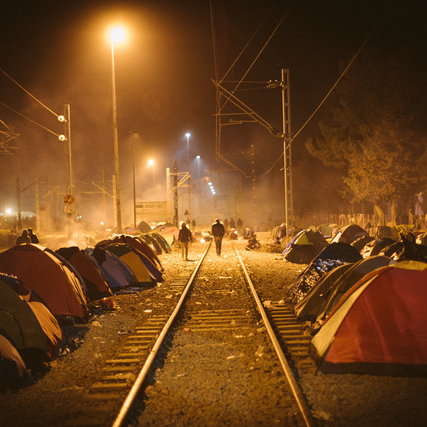
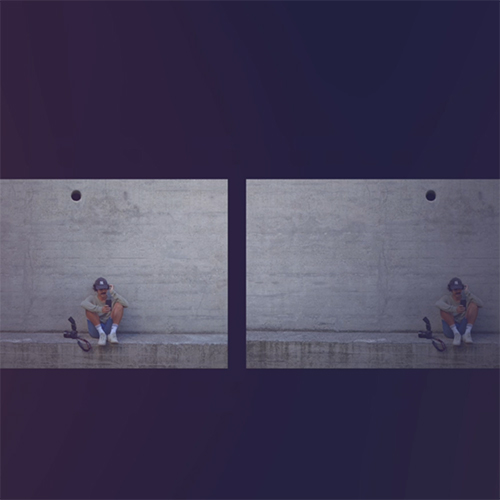
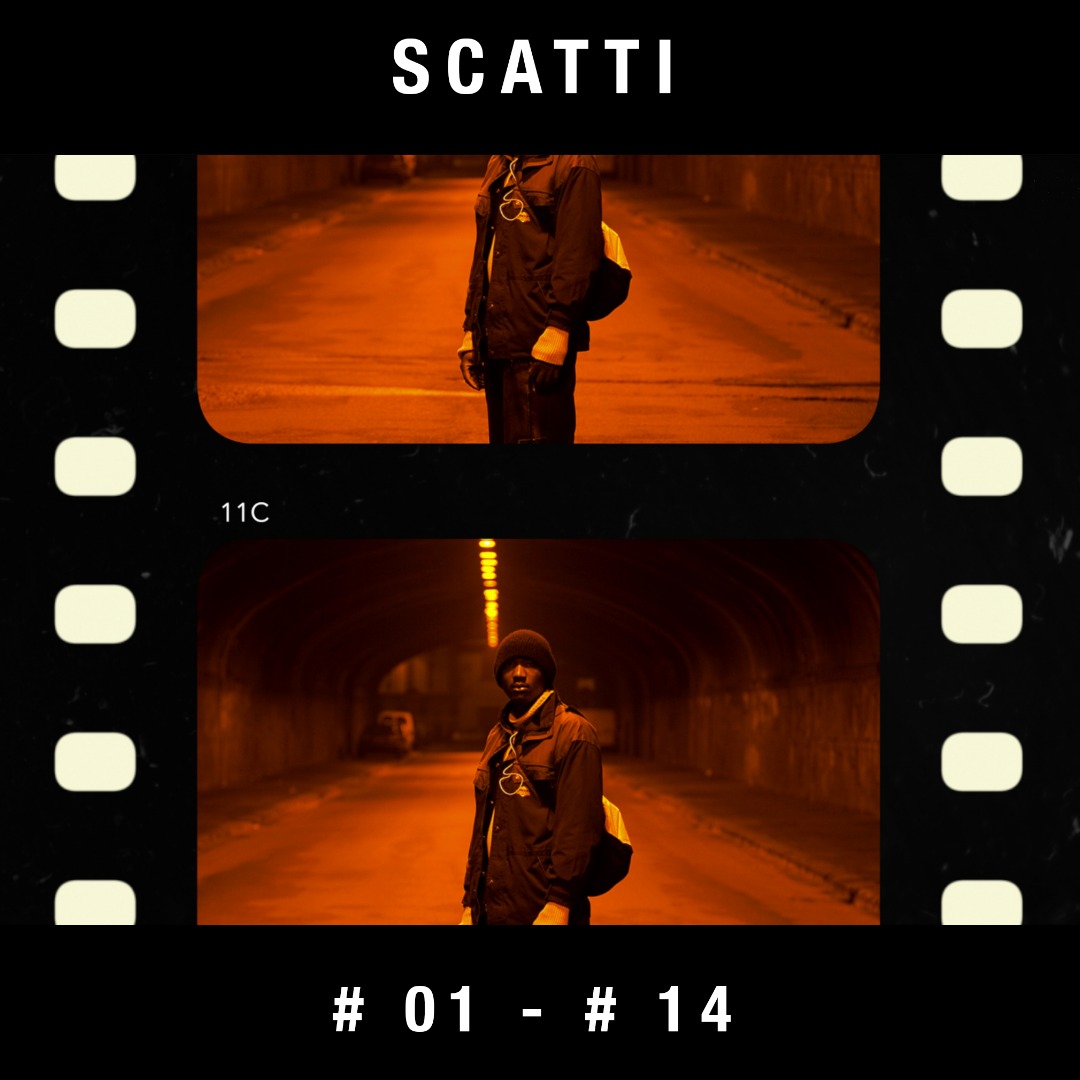
.gif)

